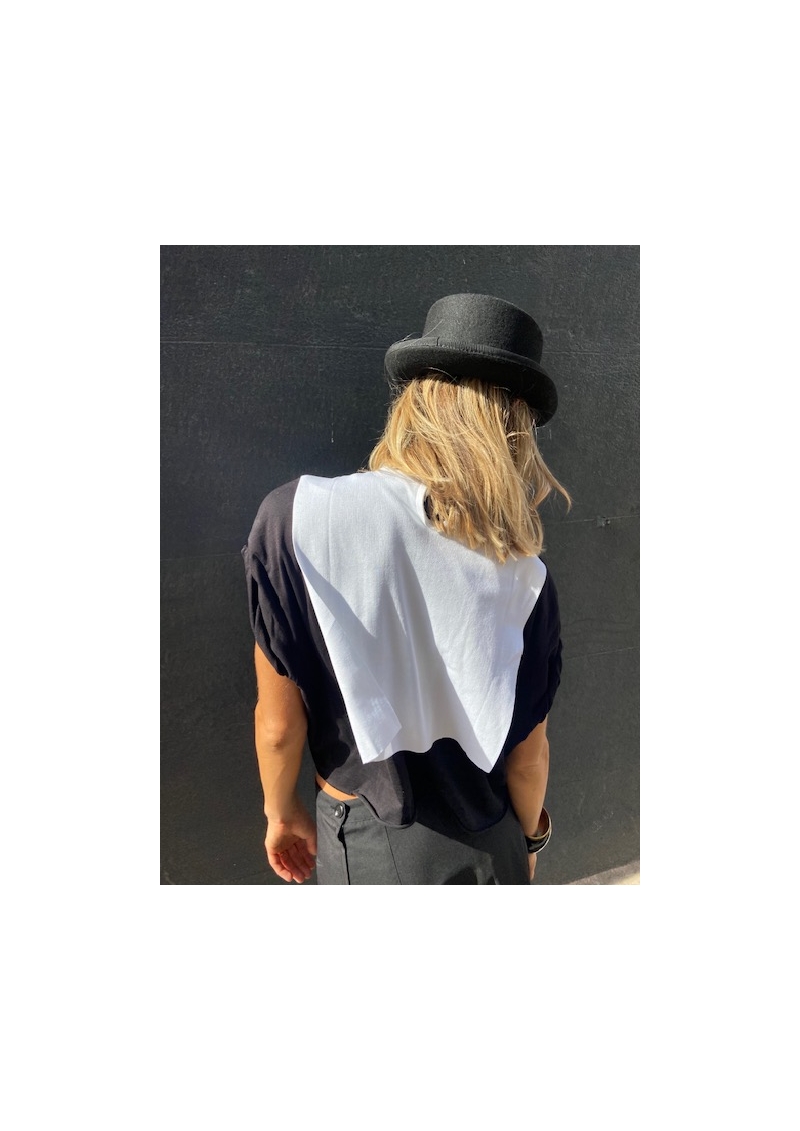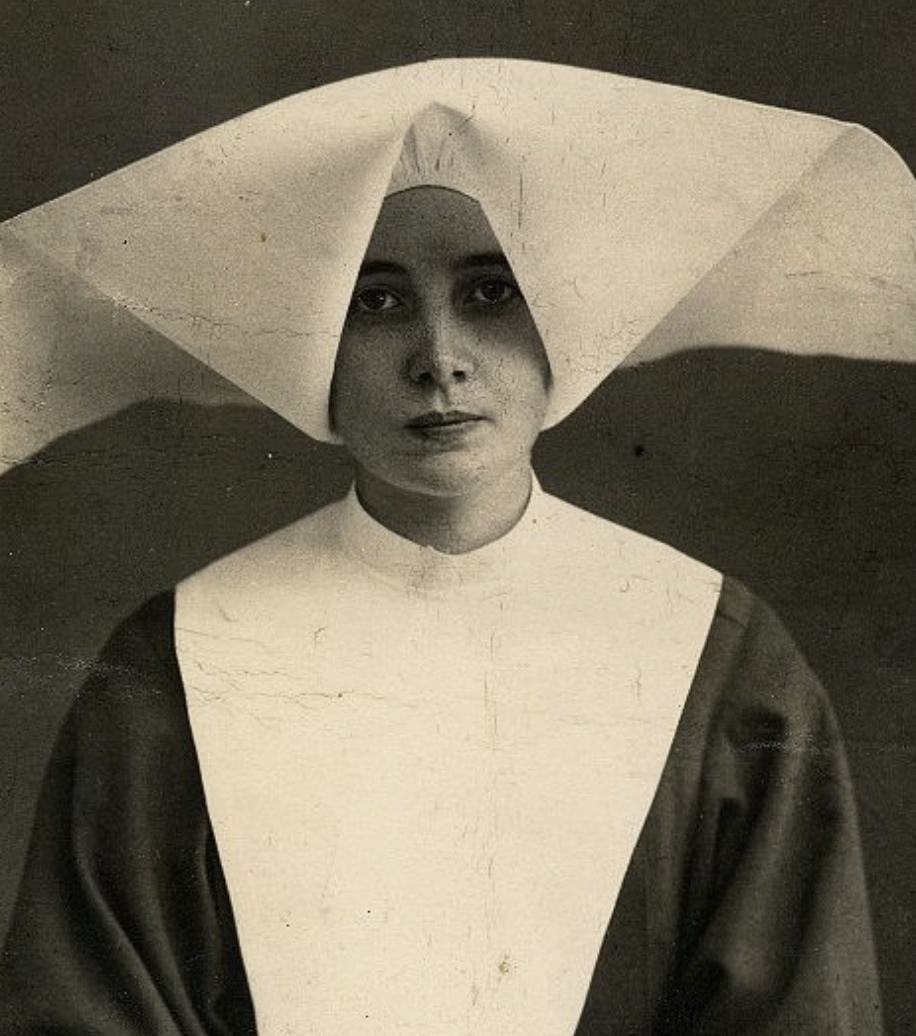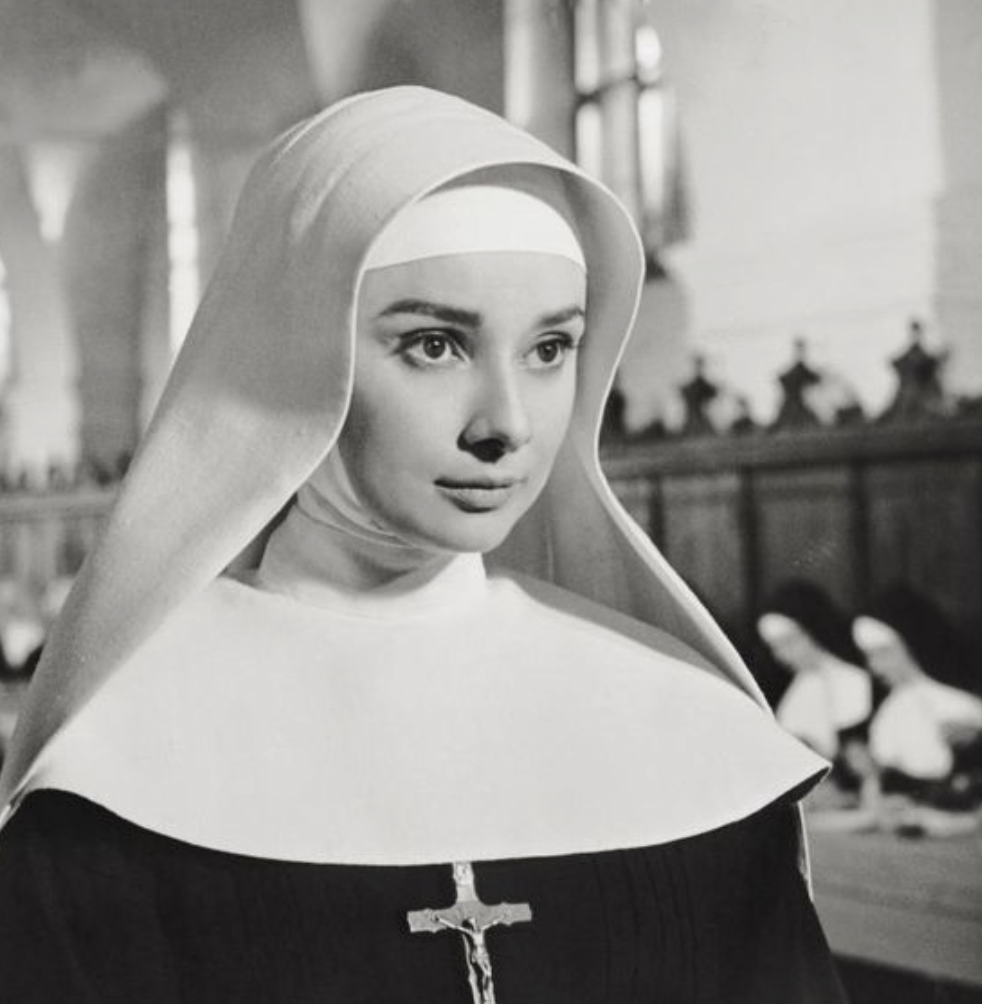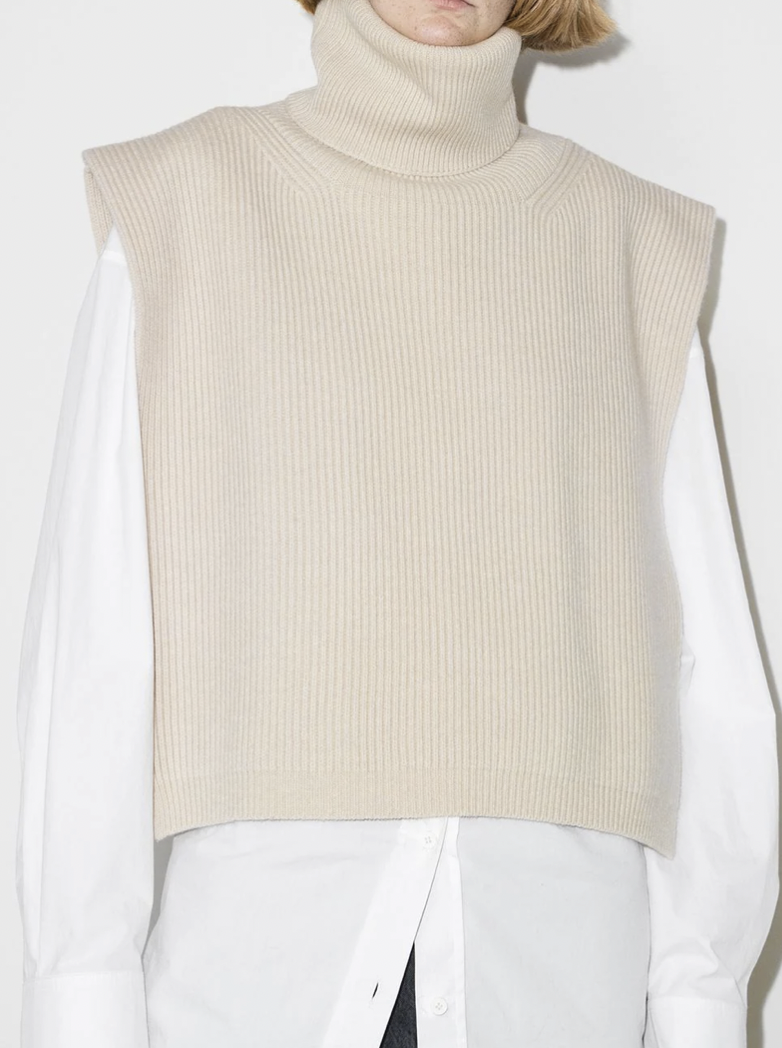







The real nun's collar, made in Italy by the Vatican's historic tailor.
Adjustable collar without sleeves, with chimney collar, button on the back
White color
One size fits all

Manifatture Mario Bianchetti, Roma.
The Bianchetti family is the main supplier of ecclesiastical clothing from Italy, and one of the suppliers to the Vatican. Bianchetti is the expert in high quality sacred garments. For many generations, it has manufactured and supplied the same liturgical garments to a world where dress code has hardly changed since the 12th century and a simple alteration is considered a “revolution”.

Made in Italy
 At deTOUJOURS, we acknowledge the clear debt that fashion owes to the history of monastic clothing. The nun's dress, the embroidered surplice, the clergyman's shirt, and now this collar, are all definitively models for the rest of fashion. The precept of Mies van der Rohe "Less is more", in an early twentieth century where minimalism was at its highest after the First World War, is an aesthetic approach, a philosophy that also applies to clothing: Jeanne Lanvin or Valentina Schlee, in the forefront.
At deTOUJOURS, we acknowledge the clear debt that fashion owes to the history of monastic clothing. The nun's dress, the embroidered surplice, the clergyman's shirt, and now this collar, are all definitively models for the rest of fashion. The precept of Mies van der Rohe "Less is more", in an early twentieth century where minimalism was at its highest after the First World War, is an aesthetic approach, a philosophy that also applies to clothing: Jeanne Lanvin or Valentina Schlee, in the forefront.
Hijacked from its original shape, the monastic wardrobe became a permanent source of inspiration for fashion houses, but not only. The avant-garde of the 1920s and 1930s was inspired by these clean, crisp lines. Later, the 1960s were inspired by this silhouette, almost futuristic, whose forms were echoed in contemporary art, and resulted in an avant-garde expression of clothing in the 80s of Antwerp creation, including Martin Margiela.
Their simplicity remains a reliable reference for haute couture houses (Comme des garçons, Issey Miyake, Calvin Klein or Céline, among others) and echoes as an inexhaustible source of shapes.
If today, a monastic piece is a sign of elegance and timelessness, it was once a strong social marker. It allows, indeed, to recognize immediately the religious and the nun, of the one who is not. The veil is more particularly the piece of clothing which distinguishes a nun from a laywoman. Thus the term "to take the habit" or "to take the veil" becomes the semantic shortcut meaning "to become religious". 
At first, this small removable collar was integrated into what is called the "guimpe", a kind of head covering, usually white, covering the chest and neck. The guimpe has progressively become a plastron, a kind of light corsage, without sleeves, which is worn under low-cut dresses and goes up discreetly in the neck.
 At deTOUJOURS, we offer you this plastron, made in the workshops of the Pope's tailor. Buttoned in the neck, it can be worn under or over all outfits, and why not, even on the skin.
At deTOUJOURS, we offer you this plastron, made in the workshops of the Pope's tailor. Buttoned in the neck, it can be worn under or over all outfits, and why not, even on the skin.
The term "modestino" exists in Italian for this collar : Modesty is both a quality of great grace, but also the name of this small piece of fabric made for nuns to cover their attributes soberly.
The modesty of attitudes always counts more than the one that consists in dissimulating what the creation gave us, the "modestino" is not reserved to a religious priesthood or to a first degree use
This kind of mini paletot / plastron diverted as a graphic accessory is particularly adapted to finish a dark look by a touch of brightness, or to protect a chest from the cold.

The real nun's collar, made in Italy by the Vatican's historic tailor.
Adjustable collar without sleeves, with chimney collar, button on the back
White color
One size fits all
De Toujours invites you to discover clothes and accessories at the source of the style, original pieces that fashion has always diverted.
© DE TOUJOURS 2025